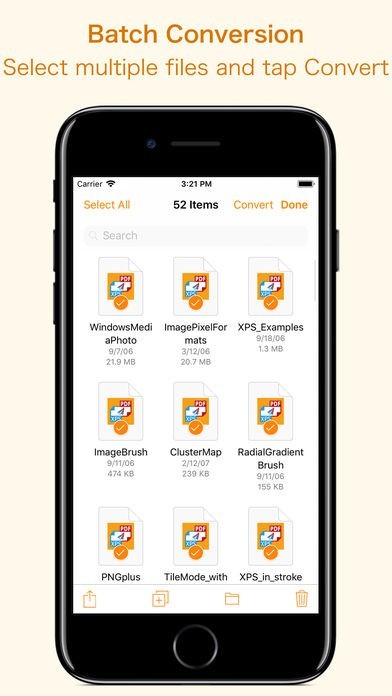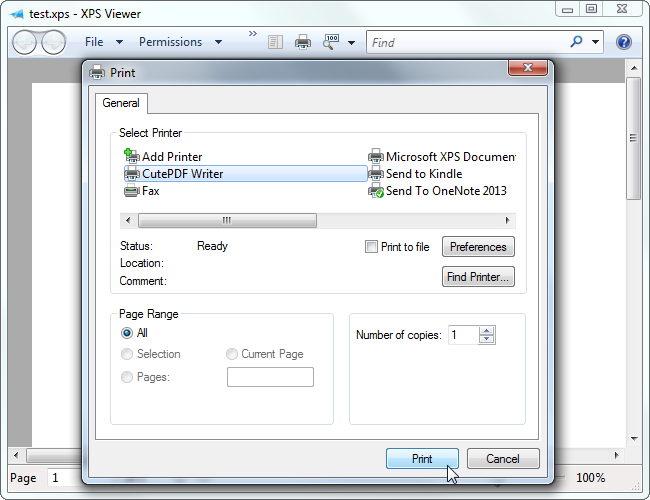

XPS is an XML-based format, which makes creating tools to be used with it much simpler than developing PDF tools. It is much easier to create software that works with XPS.While there are many free PDF creators and readers, most professional tools for creating and manipulating PDFs need to be bought. If you have a newer version of Windows, using XPS files and creating them is supported within Windows. PDFs are generally more expensive to use.That means that no matter whether you are running Windows, working on a Mac or a Linux platform, you will be able to use DPFs effectively.

PDF standards that have been developed are specifically geared towards printing documents effectively. When it comes to printing especially, the PDF has the edge.This means that more people work with PDF files and have the tools that are needed to view, modify and print these types of files. It is much more popular than XPS and it’s used by more people. One thing the PDF has going for it is the fact that it has already been established as the standard when it comes to viewing and sharing digital documents.Let’s take a look at the pros of using XPS and PDF documents. There are pros and cons that come with using either of the file formats. Both file formats are used for displaying, viewing, sharing and printing digital documents. XPS and PDF are file formats that are compared very often because, essentially, they can do the same thing and are used for similar tasks.


 0 kommentar(er)
0 kommentar(er)
